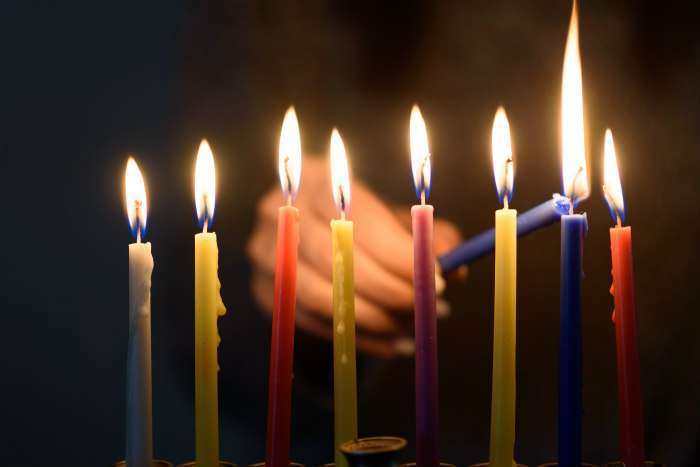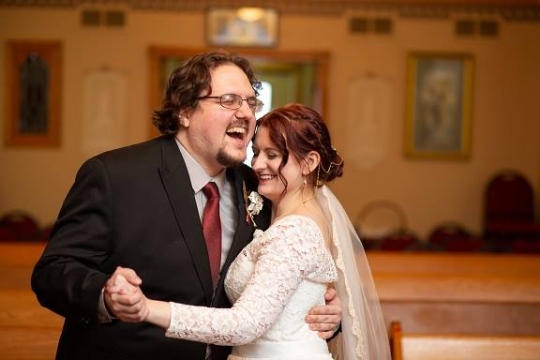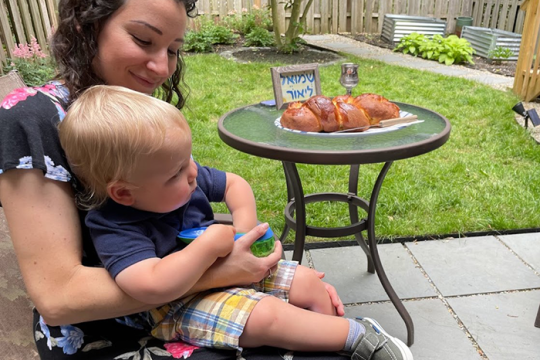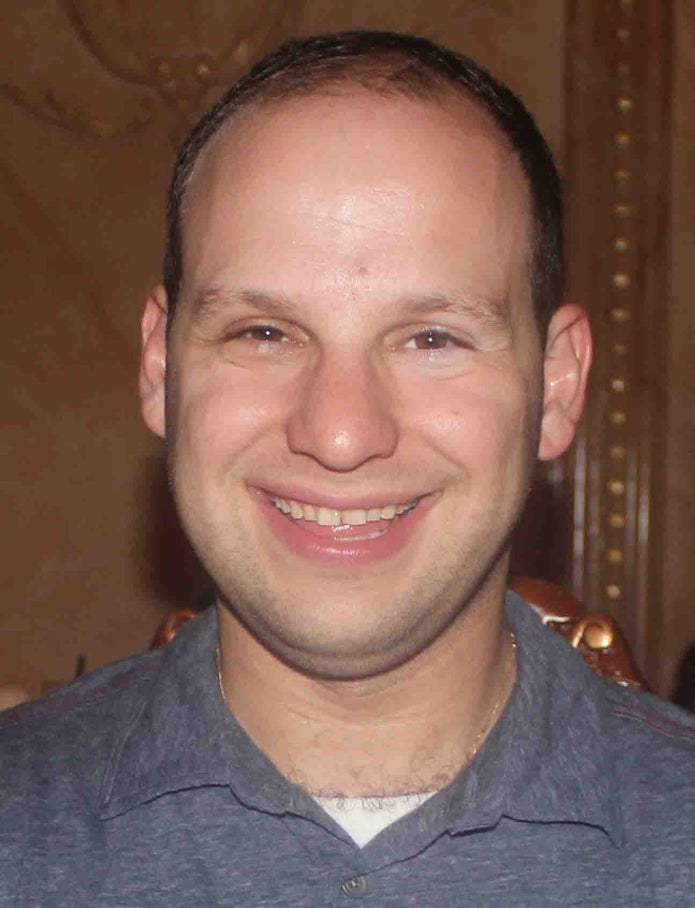
As an assimilated Jewish kid, Hanukkah was always about the presents, and I looked forward every year to the eight nights of gifts I would receive.
My sister and I would always try to sneak into our parents' closets in the weeks leading up to holiday or try to find the hiding places in the basement. Anxiously I awaited receiving gifts from my mother's cousins when our extended family would get together at Thanksgiving. One of my clearest memories is the year my parents lined up all eight gifts in the living room and told my sister and I that we could pick one each night or open all the wrapped boxes at once. Of course we chose the latter!
While we lit the each year, it wasn't until I entered high school that my family began attending our synagogue's annual Hanukkah party. Together the four of us would attend and celebrate with entire congregation through song, craft projects, homemade latkes prepared by the temple's Brotherhood, and .
It was through this experience that my perspectives about the holiday began to change. No longer was Hanukkah just about material possessions and menorah-lighting; it now began to symbolize delicious foods, joyous songs, and community celebrations. In addition, through my studies in Hebrew High School, I began to see the significance of Hanukkah in the Jewish calendar. As an historical-based holiday, it carries a much different weight than the religious holidays for which we find origins in and other texts.
In college, as I studied Jewish topics in a formal academic setting and took on leadership roles in Hillel and other Jewish organizations, I began to see the truth behind the childhood myths I was taught.
While the longevity of the oil in the Temple is noteworthy, I now saw the real Hanukkah miracle as the underdog story of the victory over a much stronger Assyrian army. Eventually, I also began to accept the notion that Hanukkah might be viewed as a story of assimilation versus tradition. Not only did Mattathias and Judah lead the fight against the Greeks, but they also engaged in a civil war against those Judeans who wanted to "Hellenize" and adopt secular customs. The historical narrative became much more complicated, and I began to wrestle with the positives and negatives of assimilation.
Today, as a Jewish educator, I talk about and celebrate Hanukkah each year with my students. I make sure to present to them all the varied interpretations of this complex and potentially challenging story.
Myths are important, and with my youngest students I continue to highlight the oil story and the role that divine power might have played in the Maccabees' success. But when students are old enough to understand the story from different perspectives, we work to dispel the familiar myth in favor of a more complete narrative. I also take time to talk about the modern connotations associated with Hanukkah, especially when it comes to the so-called "December dilemma" in the United States.
From a personal perspective, I now proudly define myself not as an assimilated Jew, but as a modern and engaged Jew who is committed to Jewish life and practice while still living a life in the secular world.
At Hanukkah, I try to enjoy all the holiday observances I can. Without fail, I light the menorah each night and enjoy my fill of donuts and . Making latkes has become a favorite pastime, and I always look forward to playing dreidel. Attending Hanukkah parties has become an annual tradition, either with friends, family, or both. The gifts that I once associated with the holiday have now been replaced with more meaningful rituals and celebrations.
As a result, I feel more connected to the true meaning of this remarkable story of Jewish survival.
Related Posts

Creating Belonging for Interfaith Families

Meet My Interfaith Family: The Hills

